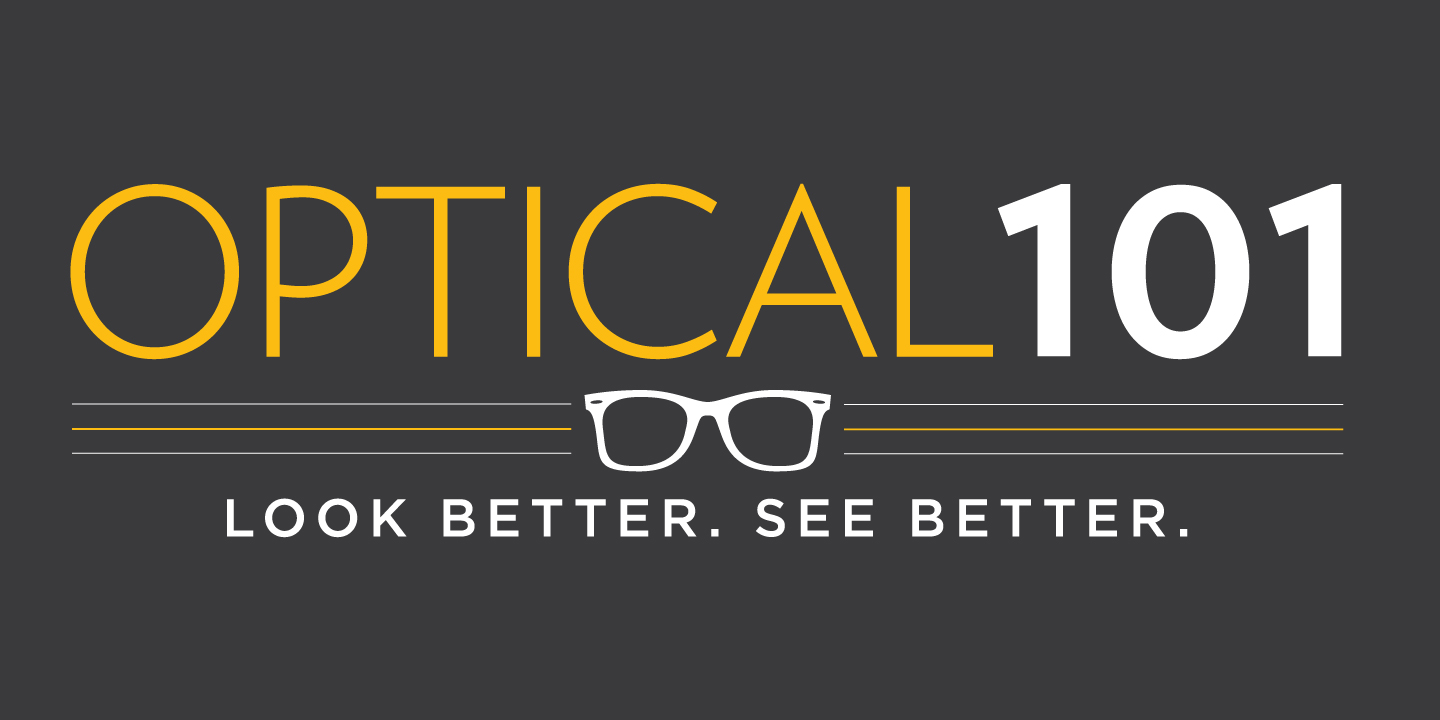Q: What is diabetic retinopathy?
A: Diabetic retinopathy (DR) is an eye disease that can occur at any stage and with any type of diabetes. In fact, sometimes diabetes is identified during an eye exam in a person who never suspected it. It is caused by damage to the very delicate blood vessels within the retina at the back of the eye. As DR progresses, these blood vessels may start to leak blood and fluid into the retina or other areas of the eye, and new vessels may begin to grow within the retina, which can cause vision loss, and sudden complications including internal bleeds and retinal detachment.
Q: How do I know if I have Dry Eye?
A: Dry eye syndrome can only be diagnosed by an eye doctor. We take your symptoms into account, including the eyes feeling dry, burning, itchy or irritated. Watery eyes and blurry vision are also common because the tears, which protect the outermost surface of the eye, can be unstable.
Q: How does high blood pressure affect vision?
A: High blood pressure alone does not usually affect vision directly, however hypertension is a known risk factor in the onset and/or progression of other eye disease, such as glaucoma, diabetic retinopathy, and macular degeneration, as well as blocked veins and arteries in the retina or nerves of the eye that can severely affect vision. In malignant hypertension, very high blood pressure can damage organs, and may cause swelling of the macula and acute loss of vision.
Q: Am I a good candidate for refractive surgery?
A: Patients who are at least 18 years of age, have healthy eyes that are free from retinal problems, corneal scars, and any eye diseases are generally suitable. Many patients who are nearsighted, farsighted or have astigmatism are potential candidates. We will also discuss your lifestyle needs to help you decide if LASIK is the best alternative for you. If you would like to schedule a free LASIK consultation, please contact our office.
Q: At what age should my child have his/her eyes examined?
A: Eye exams for children should start between 6mos-1 year old. There is a nation-wide program called InfantSee (http://www.infantsee.org/) where participating providers offer a FREE eye exam to children in this age group to make sure the eyes are developing properly. If there are no issues detected, an exam at 3 and 5 years old is sufficient to make sure the eyes are still developing properly for preschool and kindergarten. Since babies and toddlers have no way of knowing if what they see is “normal” and “clear” or not, having a comprehensive eye exam is the best way to ensure their eyes and vision is developing properly. Any ocular issues are best addressed sooner rather than later because 80% of learning takes place through vision in kids!
